NVIDIA GeForce3 Investigation: What NVIDIA didn't tell us
by Kert Chian on May 15, 2001 1:18 AM EST- Posted in
- GPUs
Vertex shader
The vertex shader, a logical progression from hardwired transformation and lighting, permits the modification of the attributes of each vertex such that the resultant output has a different position in space, color or texture coordinates. All of these vertex changes create the special effect for the object.
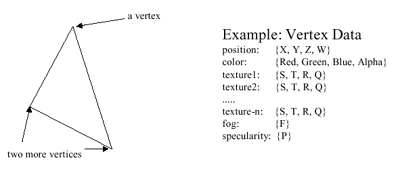
The 'Dronez rolling demo' (figure 3) features smooth animation that is made possible by keyframe interpolation, vertex blending for realistic looking characters and per pixel lighting, all accelerated with vertex shaders. In the case of hardware with fixed transformation pipeline, these processes are handled on the central processing unit. Unlike vertex shader emulation that totally bypasses the fixed hardware transformation pipe, the developers have an effective software fallback mechanism that takes advantage of fixed hardware transformation whenever possible.
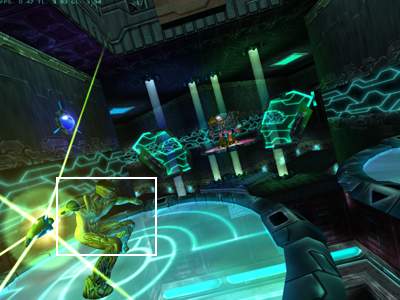
Figure 3: Dronez Rolling Demo. The boxed region is rendered at high resolution
in figures 4 to 7.
Vertex blending prevents the distortion of vertices around a joint. Its effect can best be appreciated by comparing the wireframe and textured models below, paying attention to the shoulder, hip and knee joints (figures 4 to 7). Since these joints are influenced by at least two bones, the different positions resulting from the influence of each bone are blended together to generate a single vertex position. With the vertex blended (or skinned), the light vector of each vertex needs to be realigned to a position that is suitable for per pixel lighting. Per pixel lighting occurs further along the graphics pipeline, during the texture mapping stage. The textured model in figure 5 also shows per pixel lighting. Note the subtle bump mapping, especially on the left leg.
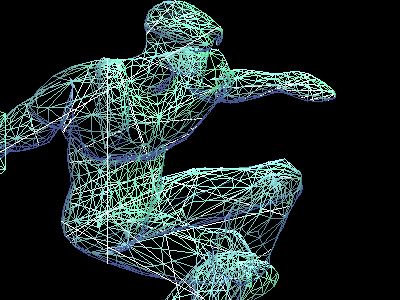
Figure 4: Wireframe model showing vertex blending
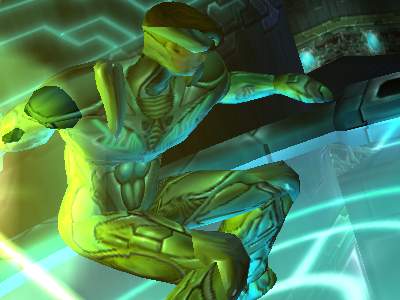
Figure 5: Textured model showing vertex blending and per pixel lighting
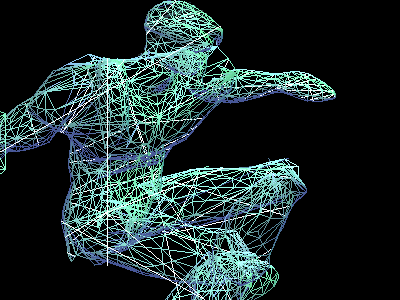
Figure 6: Wireframe model without vertex blending
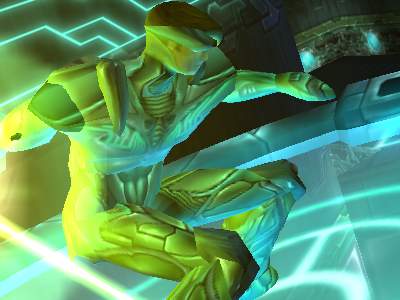
Figure 7: Textured model showing distortion at the major joints as well as
vertex lighting










0 Comments
View All Comments